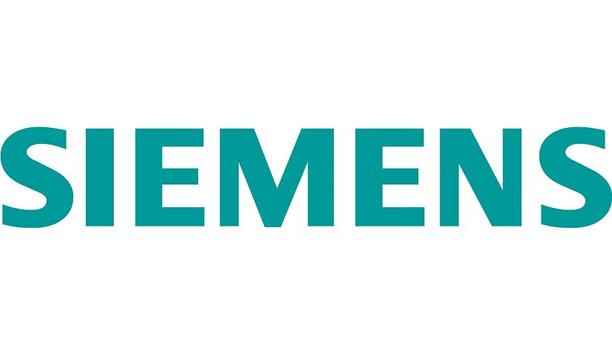Around the pump injectors or the British designation ‘Injector around the pump’ is an ingenious mechanism in the way that the pre-mixing takes place without loss of pressure, which makes it possible to supply a foam branch-pipe at a long distance from the emulsifier container.
Around the pump injectors
The system consists of taking water under pressure from the pump outlet, to pass this pressurized water diversion through the around the pump eductor and to re-inject the premix at the pump inlet. Since the pressure drop in the proportioner is about 40%, the resulting pressure at the pump inlet is higher than the main water supply.
The percentage of emulsifier delivered at the pump outlet is not very high, in the order of 1%
The percentage of emulsifier delivered at the pump outlet is not very high, in the order of 1%, which leaves two options to the operator, either to use a more concentrated emulsifier or to duplicate the quantity of around the pump eductor.
Positioning the nozzles in series
Instead of using a sleeve with a stitch, a sleeve with several stitches can be used. Another solution is to position the nozzles in series. However, the main use of the around the pump injectors is to use the device to make a premix of retardant, where 1% is an appropriate percentage.
Another advantage of this device is that it can be permanently attached to the vehicle and only leave the percentage adjustment button reachable, so that the operator has no installation to set up, which would require training or reflection, always delicate in stressful situations.
On the other hand, the device has no movable parts except for the percentage adjustment button and therefore, it cannot break down. The flow cross-section of the proportioner measures 40 mm and the device has 1.5 inch NPSH inlet and outlet threads compatible with BSP (gas pitch) in 1.5 inch on at least three threads, which allows delivery to both the USA and Europe.
Ultra-lightweight and sturdy polyamide construction
The polyamide construction is sturdy and ultra-lightweight. The flow rate allowed by the flow sections ranges from 200 to 400 liters per minute. Upon request, POK’s design department can conceive these devices with different flow rates and build them in different materials, such as stainless steel, bronze or aluminum alloy.















